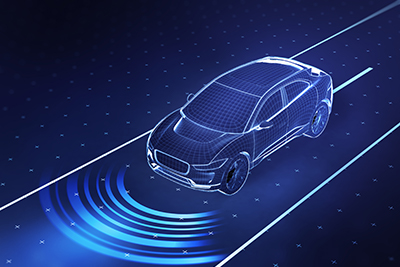
To stay competitive in today’s tough markets, automobile manufacturers are offering car buyers more options than ever. But more options bring more challenges. Robots can’t just perform the same motions over and over when building a custom vehicle. They need to see what they’re doing. Machine vision helps automation systems adapt to various designs coming down the line.
What Is Machine Vision?
Machine vision uses cameras and software algorithms to process and interpret images. Many call machine vision the “eyes” of an automation system. It usually consists of three parts: a camera, hardware with software that analyzes and interprets an image, and a system to send commands to an automated system.
Vision systems can consist of one or more cameras. And those cameras may be connected to a computer or server. But industrial processes often use machine vision systems with intelligence built into the camera or the piece of automated equipment. Newer machine vision systems can even connect to allow for 3D vision and new possibilities for robotics.
How the Automotive Industry Uses Machine Vision Today
The automotive industry and automation systems are a perfect match. A vehicle assembly line is a high-speed operation. And it’s full of highly repetitive tasks. In the past, robotics could get by with the same movements every time. But the range of customizable options available for automobiles has pushed the growth of machine vision in the industry.
But vision isn’t only important to assembly. Adding the latest technology has boosted the need for detailed inspections. Machine vision is helping manufacturers find defects faster and with higher accuracy. Throughput is key to the operational success of an automotive plant. Plus, consumers and regulators expect a vehicle’s systems to work flawlessly. Proper inspections help auto manufacturers avoid costly recalls.
Machine Vision and the Automotive Industry’s Future
In many of today’s automotive plants, robots and humans work separately from one another. But that’s changing with the expansion of collaborative robots. Instead of being relegated to only welding and painting, robots will work alongside humans more and more. Machine vision helps robots to see human workers and avoid dangerous collisions.
Machine vision will continue to expand the possibilities of human collaboration. Expect more robots to start delivering materials, tools, or heavy parts to human workers. Intelligent service robots are needed to pick the right materials and navigate congested factory floors to deliver them to humans. Machine vision will make sure they’re up to the task.
Let the experts at Phase 1 Technology help you find the perfect machine vision camera for your automated equipment.
